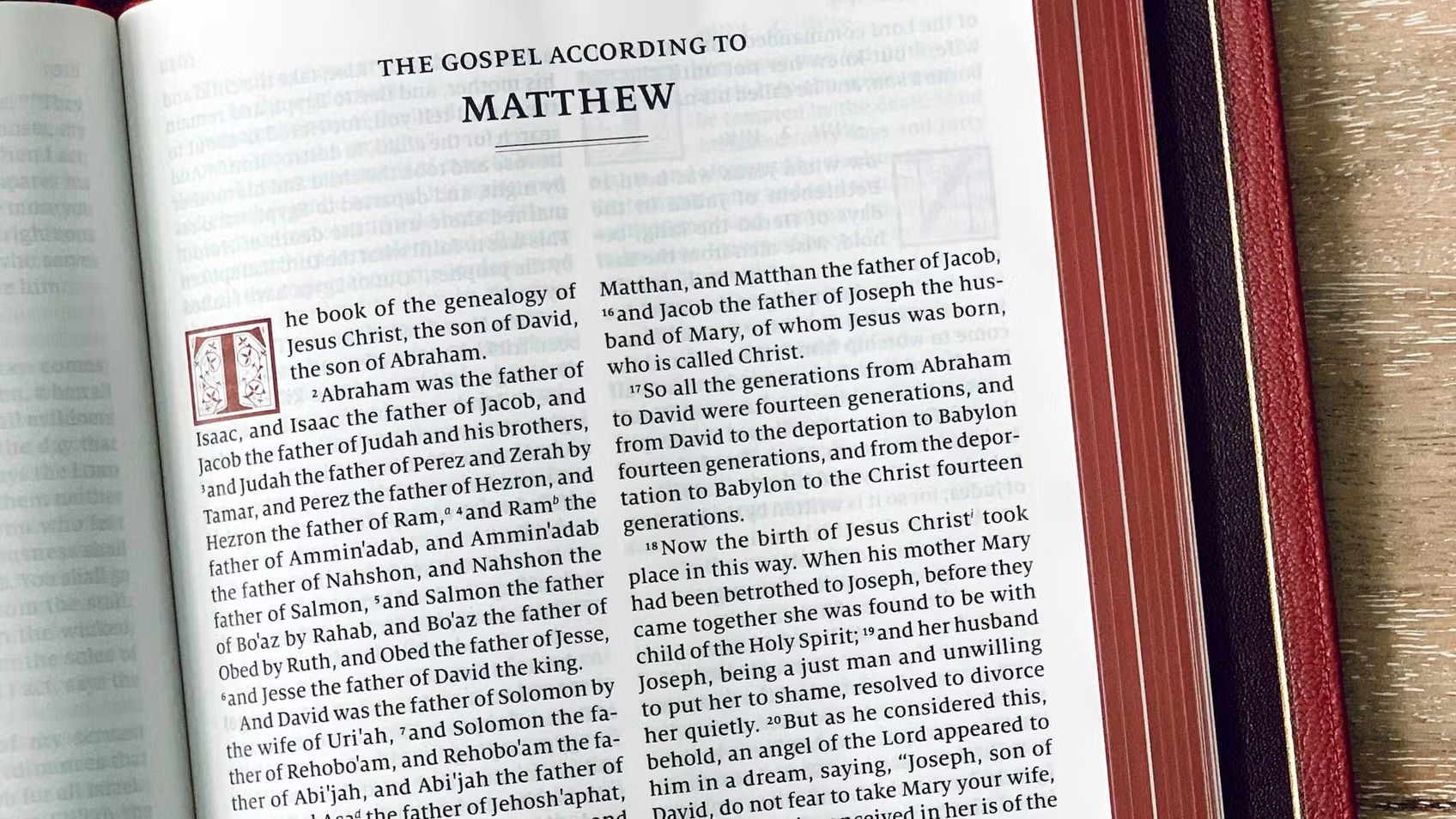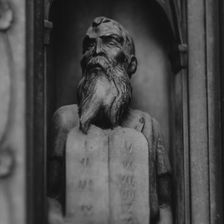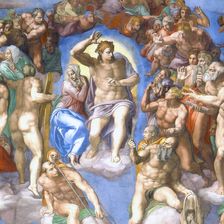
Matthew 24:29 - 24:31 (Part 1)
Gospel of Matthew — Steve GreggNext in this series
Matthew 24:29 - 24:31 (Part 2)
Matthew 24:29 - 24:31 (Part 1)

Gospel of MatthewSteve Gregg
In this study, Steve Gregg continues his analysis of the Olivet Discourse delivered by Jesus in Matthew 24. Gregg notes that the destruction of the Jewish temple system in 70 A.D., led by the Roman general Titus and the subsequent rebuilding, are well-documented historical events that align with Jesus’ prophecies. He further examines the context and timing of the events mentioned in the passage, such as the mourning of all tribes on earth, and interprets them as a societal end and coming judgment of God, rather than the literal end of the world.
More from Gospel of Matthew
172 of 197

Next in this series
Matthew 24:29 - 24:31 (Part 2)
Gospel of Matthew
In this talk, Steve Gregg discusses Matthew 24:29-31 and its relation to other Biblical passages. He notes that the language used in this passage is s
173 of 197

Matthew 24:32 - 24:34
Gospel of Matthew
In this talk, Steve Gregg discusses Matthew 24:32-34 and the Olivet Discourse. He clarifies that while the identification of Israel as the fig tree is
170 of 197

Matthew 24:32 - 24:28
Gospel of Matthew
In this discourse on Matthew 24, Steve Gregg examines the possibility of impostors and false teachings that may arise before the Second Coming. He not
Series by Steve Gregg

Ecclesiastes
Steve Gregg teaches verse by verse through the book of Ecclesiastes, exploring its themes of mortality, the emptiness of worldly pursuits, and the imp

Ten Commandments
Steve Gregg delivers a thought-provoking and insightful lecture series on the relevance and importance of the Ten Commandments in modern times, delvin

Micah
Steve Gregg provides a verse-by-verse analysis and teaching on the book of Micah, exploring the prophet's prophecies of God's judgment, the birthplace

How Can I Know That I Am Really Saved?
In this four-part series, Steve Gregg explores the concept of salvation using 1 John as a template and emphasizes the importance of love, faith, godli

Beyond End Times
In "Beyond End Times", Steve Gregg discusses the return of Christ, judgement and rewards, and the eternal state of the saved and the lost.

The Life and Teachings of Christ
This 180-part series by Steve Gregg delves into the life and teachings of Christ, exploring topics such as prayer, humility, resurrection appearances,

Bible Book Overviews
Steve Gregg provides comprehensive overviews of books in the Old and New Testaments, highlighting key themes, messages, and prophesies while exploring

1 Kings
Steve Gregg teaches verse by verse through the book of 1 Kings, providing insightful commentary on topics such as discernment, building projects, the

Habakkuk
In his series "Habakkuk," Steve Gregg delves into the biblical book of Habakkuk, addressing the prophet's questions about God's actions during a troub

Jeremiah
Steve Gregg teaches verse by verse through a 16-part analysis of the book of Jeremiah, discussing its themes of repentance, faithfulness, and the cons
More on OpenTheo

Did God Create Us So He Wouldn’t Be Alone?
#STRask
November 3, 2025
Questions about whether God created us so he wouldn’t be alone, what he had before us, and a comparison between the Muslim view of God and the Christi

Why Would Any Rational Person Have to Use Any Religious Book?
#STRask
December 8, 2025
Questions about why any rational person would have to use any religious book, whether apologetics would be redundant if there were actually a good, un

How Do These Passages Fit with Your View on How God Speaks?
#STRask
September 15, 2025
Questions about why, if it’s impossible to miss God’s voice, the disciples incorrectly told Paul “through the Spirit” not to go to Jerusalem, people m

What Tools of Reasoning Help You Know What’s True, Right, and Good?
#STRask
December 4, 2025
Question about what tools of reasoning help us determine whether something is true or false, right or wrong, good or bad before bringing Scripture int

Is Doing the Right Thing a Sin If You Truly Believe It’s Wrong?
#STRask
September 22, 2025
Questions about whether Romans 14:23 means that doing the right thing is a sin if you truly believe it’s wrong, and how to reconcile Hebrews 10:16, wh

How Can I Showcase God’s Goodness When I’m Struggling in My Suffering?
#STRask
September 8, 2025
Questions about how to showcase God’s goodness when we’re really struggling in our suffering, an explanation of God’s response at the end of the book

The Heidelberg Catechism with R. Scott Clark
Life and Books and Everything
November 3, 2025
You may not think you need 1,000 pages on the Heidelberg Catechism, but you do! R. Scott Clark, professor at Westminster Seminary California, has writ

Can You Provide Verifiable, Non-Religious Evidence That a Supernatural Jesus Existed?
#STRask
November 10, 2025
Question about providing verifiable, non-religious evidence that a supernatural Jesus existed.
* I am an atheist and militantly anti-god-belief. Ho

How Do I Reconcile the Image of God as Judge with His Love, Grace, and Kindness?
#STRask
October 20, 2025
Questions about how to reconcile the image of God as a judge with his love, grace, and kindness, why our sins are considered to be sins against God, a

Since Most People Are Wrong When They Make Supernatural Claims, Why Didn't God Do Better?
Risen Jesus
September 17, 2025
Dr. Matthew McCormick, a philosophy professor at California State University, Sacramento, doesn’t believe that there is satisfactory historical eviden

Conservatism and Religious Freedom with John Wilsey
Life and Books and Everything
October 27, 2025
What is conservatism? And why does it go hand in hand with religious freedom? How should we think about the American experiment of ordered liberty? Ha

After the Crucifixion, was Jesus Resurrected or Rescued? Licona vs. Ally
Risen Jesus
October 8, 2025
This episode is a 2016 debate held at the University of Tennessee – Chattanooga between Dr. Michael Licona and Dr. Shabir Ally, president of the Islam

How Can I Improve My Informal Writing?
#STRask
October 6, 2025
Question about how you can improve your informal writing (e.g., blog posts) when you don’t have access to an editor.
* Do you have any thoughts or

Is 1 Corinthians 12:3 a Black-and-White Tool for Discernment?
#STRask
October 27, 2025
Questions about whether the claim in 1 Corinthians that “no one can say ‘Jesus is Lord’ except in the Holy Spirit” is a black-and-white tool for disce

Lora Ries: Border Security and Immigration Policy
Knight & Rose Show
December 7, 2025
Wintery Knight and Desert Rose welcome Lora Ries to discuss border security and immigration policy. They explore Biden's policy changes, like ending R